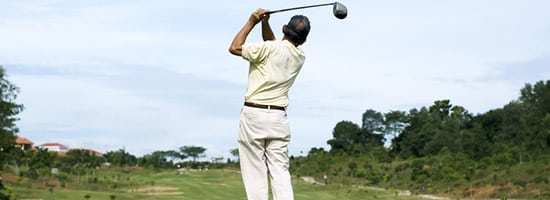
How Golfer’s Elbow Develops
Golfer’s elbow is a condition that affects the joints of the wrist, fingers and elbow, along with the muscles and tendons. Not only does this condition affect golfers, but it is also common for tennis or baseball players to develop this repetitive stress injury. Physicians refer to this condition as medial epicondylitis, and the condition is diagnosed based on a patient’s history of using their arm in a particular way for long amounts of time. Recently, more rock climbers are experiencing golfer’s elbow in one or both arms because the grip that they use while climbing surfaces leads to stress in their elbows.
How Is Golfer’s Elbow Diagnosed?
Individuals with golfer’s elbow frequently self-diagnose the problem because they know they overused an arm while participating in a sport. This condition causes intense pain in the bony bump on the inside of the elbow with additional discomfort radiating into the forearm. Golfer’s elbow involves pain that is primarily on the interior surface of the elbow while tennis’s elbow tends to affect the lateral side of the elbow.
What Are the Symptoms of Golfer’s Elbow?
When someone develops golfer’s elbow, it is painful because the tendons in the elbow and forearm are inflamed, leading to stiffness that can also involve the wrist, hand and fingers. This condition usually affects only one arm, but an individual may also have pain in their shoulder, neck and back. In addition to discomfort, it is possible to have weakness in the muscles that are located in the elbow, forearm, and hand.
How Is Golfer’s Elbow Treated?
The best way to treat golfer’s elbow is by resting the affected arm for several days, but if the condition continues, then visiting a physician is recommended. A physician can prescribe pain medication or may suggest taking over-the-counter medications. Wrapping a heating pad around the arm or applying ice packs can also relieve the pain in the tendons and joints.
To avoid additional inflammation in the elbow while walking, an individual can wear a supportive brace. There are also specialized elbow splints that will apply pressure to the injury to protect the area from damage. By following these types of treatment, the condition usually improves in five to seven days. However, if pain continues, then an orthopedic surgeon can perform surgery on the injured elbow.

